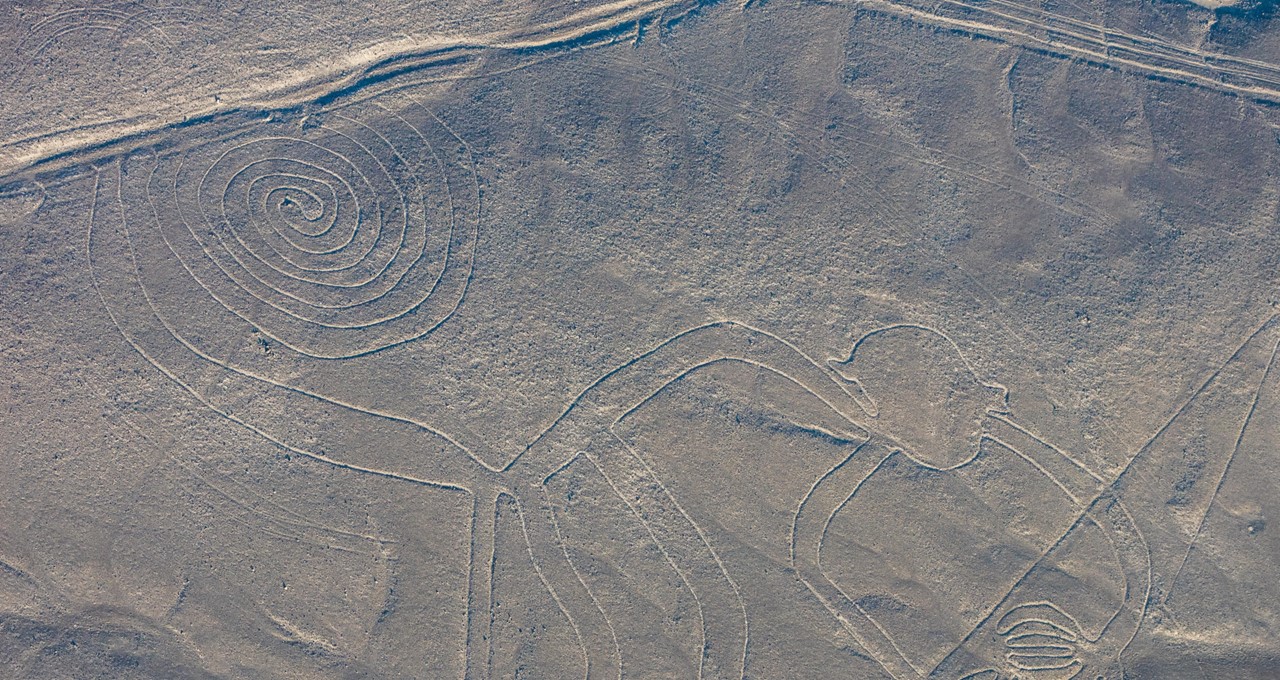Graphic Cards
Deep Learning Digs Deep: AI Unveils New Large-Scale Images in Peruvian Desert

Researchers at Yamagata College in Japan have harnessed AI to uncover 4 beforehand unseen geoglyphs — photographs on the bottom, some as extensive as 1,200 ft, made utilizing the land’s components — in Nazca, a seven-hour drive south of Lima, Peru.
The geoglyphs — a humanoid, a pair of legs, a fish and a chicken — had been revealed utilizing a deep studying mannequin, making the invention course of considerably quicker than conventional archaeological strategies.
The group’s deep studying mannequin coaching was executed on an IBM Energy Techniques server with an NVIDIA GPU.
Utilizing open-source deep studying software program, the researchers analyzed high-resolution aerial images, a way that was a part of a examine that started in November 2019.
Printed this month within the Journal of Archaeological Science, the examine confirms the deep studying mannequin’s findings by means of onsite surveys and highlights the potential of AI in accelerating archaeological discoveries.
The deep studying methods that comprise the hallmark of recent AI are used for numerous archeological efforts, whether or not analyzing historic scrolls found throughout the Mediterranean or categorizing pottery sherds from the American Southwest.
The Nazca traces, a collection of historic geoglyphs that date from 500 B.C. to 500 A.D. — primarily seemingly from 100 B.C. to 300 A.D. — had been created by eradicating darker stones on the desert ground to disclose lighter-colored sand beneath.
The drawings — depicting animals, crops, geometric shapes and extra — are thought to have had spiritual or astronomical significance to the Nazca individuals who created them.
The invention of those new geoglyphs signifies the opportunity of extra undiscovered websites within the space.
And it underscores how expertise like deep studying can improve archaeological exploration, offering a extra environment friendly method to uncovering hidden archaeological websites.
Learn the total paper.
Featured picture courtesy of Wikimedia Commons.
